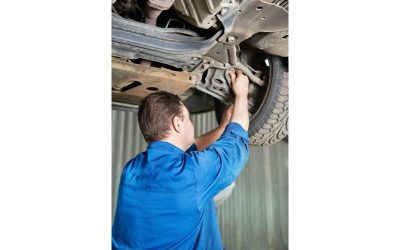The engine of an automobile is connected to the transmission using what is known as a bell housing. Not only does it connect the major components, it houses the clutch assembly and flywheel.
The flywheel is an integral part of the engine; it is bolted directly to the end of the crankshaft. It is not possible to bring the vehicle to a stop when the engine is running; the engine will stall if an attempt is made. It is for this reason that a vehicle needs a clutch. A clutch is comprised of a clutch pressure plate, a clutch disc and release or “throw out” bearing.
How does a clutch function?
The flywheel serves two functions, it has gears around the periphery which engage with the engine starter motor and the clutch is bolted to it. For the clutch to function there is a plate which rides on the transmission output shaft; this plate is between the flywheel and the clutch pressure plate. When the vehicle is in gear and moving, clutch springs hold the clutch plate against the rotating flywheel. When the driver wishes to change gears or come to a full stop the clutch pedal is depressed, this operates the throw out bearing which pushes against the springs which releases the pressure between the clutch pressure plate and flywheel. The engine can continue to run while the gears are charged or the car is at rest.
The clutch pressure plate:
There are three distinct types of clutch pressure plates; Borg & Beck, long style and diaphragm type.
The most common is the diaphragm type; this is the usual type of pressure plate fitted when the car is being built. Instead of using a series of coil springs to release the clutch, it uses one large Bellville spring. This style of clutch pressure plate has definite advantages; it applies even pressure on the clutch plate and it takes minimum effort to depress and hold the clutch pedal.



